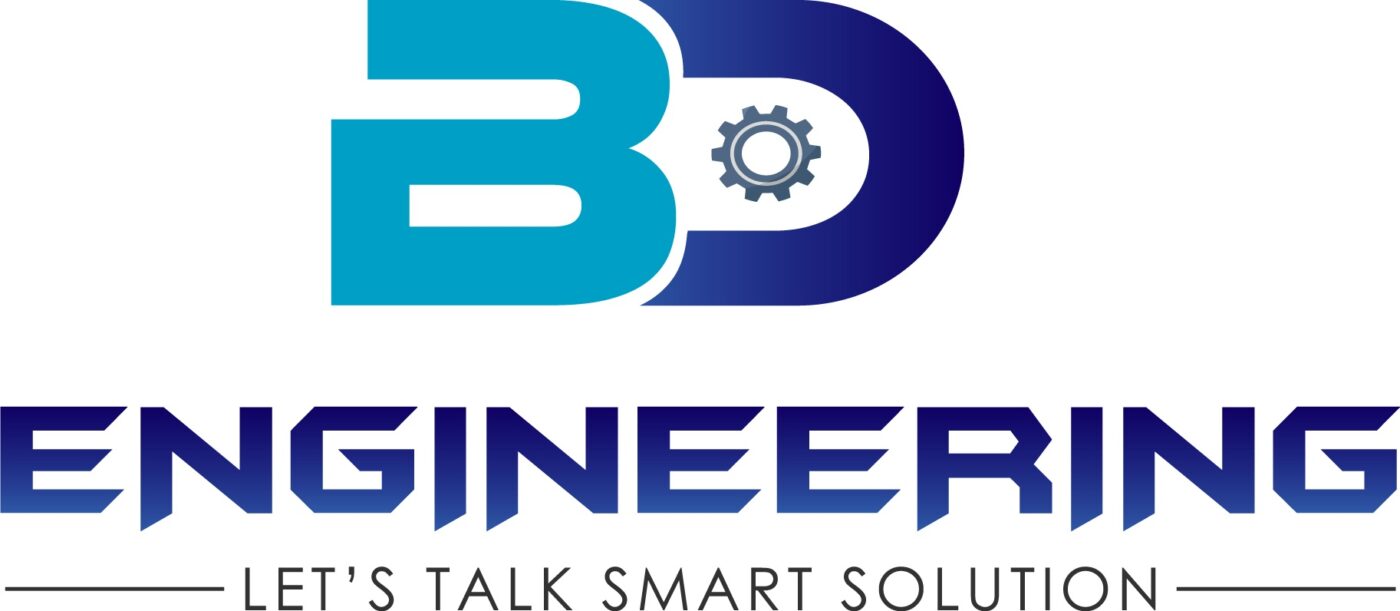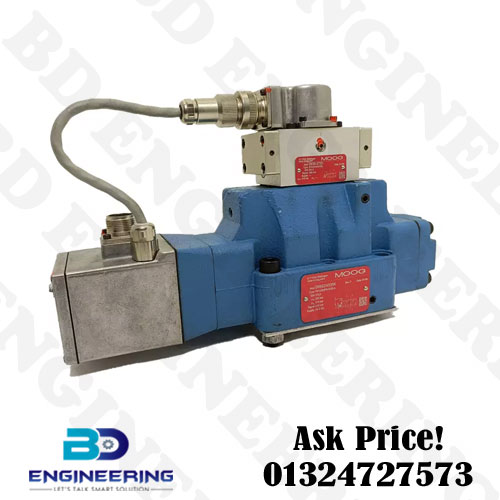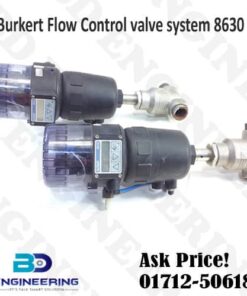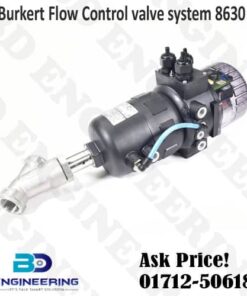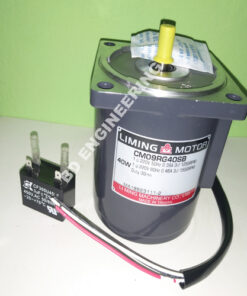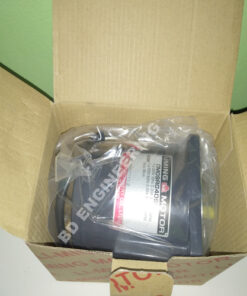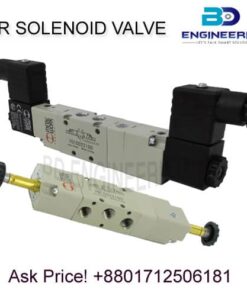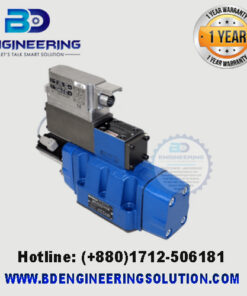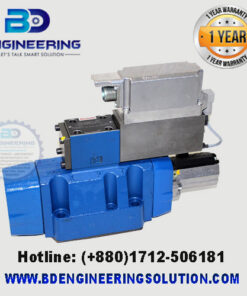MOOG D820 2001 Servo Directional Valves 350 Bar
The Moog D820 series Servo Directional Valves, including the D820 2001 model, are high-performance hydraulic valves. It’s designed to provide precise control over fluid flow in high-pressure hydraulic systems. These valves are used in various industrial applications where accurate control of hydraulic actuators is essential.

Moog D820 2001 Servo Directional Valve:
-
- Pressure Rating: Capable of operating at a maximum pressure of 350 bar (5075 psi), suitable for high-pressure hydraulic systems.
- Flow Capacity: Designed to handle a range of flow rates, providing versatility for different applications.
- Servo Control: MOOG D820 2001 Servo Directional Valves 350 Bar 24V Supply
- Porting: Standard hydraulic port sizes and configurations for easy integration into existing systems.Supply Voltage: Operates on a 24V DC supply voltage, making it compatible with common industrial power supplies.
- Control Interface: Compatible with various control systems, including PLCs and motion controllers.
- Electrical Connections: Standard connectors for easy and secure electrical connections.
Installation and Application:
- Mounting: Ensure the valve is securely mounted to a stable surface or manifold block. Follow the proper alignment and mounting to prevent mechanical stress
- Hydraulic Connections: Connect the hydraulic lines to the appropriate ports on the valve. Ensure all connections are secure and leak-free to maintain system integrity and performance.
- Electrical Connections: Connect the 24V DC power supply to the valve’s electrical terminals. Interface the valve’s control signals with the system’s control unit
- Configuration and Calibration: The MOOG D820 2001 Servo Directional Valves 350 Bar 24V Supply. Calibrate the valve as necessary to ensure accurate control and feedback.
MOOG D820 2001 Servo Directional Valves
The Moog D820 2001 Servo Directional Valve is a high-performance solution for applications requiring precise and reliable control of hydraulic systems. Proper installation, configuration, and maintenance are essential to fully leverage the capabilities of your hydraulic system.
